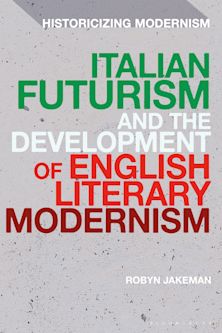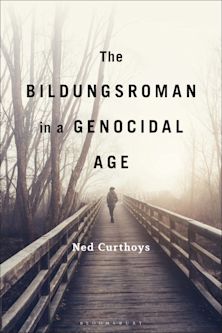Toward a Cultural Archive of la Movida
Back to the Future
Toward a Cultural Archive of la Movida
Back to the Future
Description
Toward a Cultural Archive of la Movida revisits the cultural and social milieu in which laMovida, an explosion of artistic production in the late 1970s and early 1980s, was articulated discursively, aesthetically, socially, and politically. We connect this experience with a broader national and international context that takes it beyond the city of Madrid and outside the borders of Spain. This collection of essays links the political and social undertakings of this cultural period with youth movements in Spain and other international counter-cultural or underground movements. Moving away from biographical experiences or the identification of further participants and works that belong to laMovida, the articles collected in this volume situate this movement within the political and social development of post-Franco Spain. Finally, it also offers a reading of recent politically motivated recoveries of this cultural phenomenon through exhibitions, state sponsored documentaries, musicals, or tourist itineraries.
The perception of Spain as representative of a successful dual transition from dictatorship to democracy and free market capitalism created a “Spanish model” that has been emulated in countries like Portugal, Argentina, Chile and Hungary, all formerly ruled by totalitarian regimes. While social scientists study the promises, contradictions and failures of the Spanish Transición—especially on issues of memory, repression, and (the lack of) reconciliation —our approach from the humanities offers another vantage point to a wider discussion of an unfinished chapter in recent Spanish history by focusing on laMovida as the “cultural archive” whose cultural transitions parallel the political and economic ones. The transgressive, urban nature of this movement demonstrated an overt desire, especially among Spanish youth, to reach onto a global arena emulating the punk and new wave aesthetic of such cities as London, New York, Paris, and Berlin. Art, design, film, music, fashion during this period helped to forge a sense of a modern urban identity in Spain that also reflected the tensions between modernity and tradition, global forces and local values, international mass media technology and regional customs.
Table of Contents
TABLE OF ILLUSTRATIONS
INTRODUCTION
1) Back to the Future: Towards a Cultural Archive of la Movida (William Nichols & H. Rosi Song)
I. THEORIZING LA MOVIDA
2) “La Movida as Debate” (Jordi Marí)
3) “From the Unrest to la Movida. Cultural Politics and Pop Music in the Spanish Transition” (Héctor Fouce)
4) “The Same in Name, but Different: la Movida madrileña and the other 'Movidas' of Spain” (Hamilton Stapell)
5) “In/Authenticities: Movida Youth Culture in Motion” (Christine Henseler)
II. PERIPHERAL MOVIDAS AND MEDIA REVOLUTIONS
6) “The Dark Heart of la Movida: Vampire Fantasies in Iván Zulueta's Arrebato” (Alberto Mira)
7) “Peripheral Movidas: Cannibalizing Galicia” (José Colmeiro)
8) “Queer Traces in the Soundtrack of la Movida” (Jorge Pérez)
9) “Party to the People: Heroin and the Spanish 'Lost' Generation” (Francisco Fernández de Alba)
III. TAKING BACK THE CITY: POLITICS OF SPACE AND PLACE IN SPAIN
10) “Urbanism, Architecture, and la Movida madrileña” (Susan Larson
Product details
| Published | 26 Nov 2013 |
|---|---|
| Format | Ebook (Epub & Mobi) |
| Edition | 1st |
| Extent | 396 |
| ISBN | 9781611476316 |
| Imprint | Fairleigh Dickinson University Press |
| Illustrations | 27 b/w illustrations; |
| Publisher | Bloomsbury Publishing |

ONLINE RESOURCES
Bloomsbury Collections
This book is available on Bloomsbury Collections where your library has access.



































